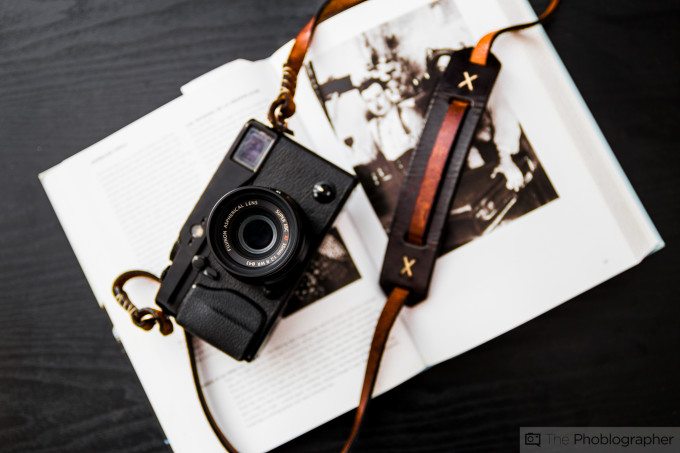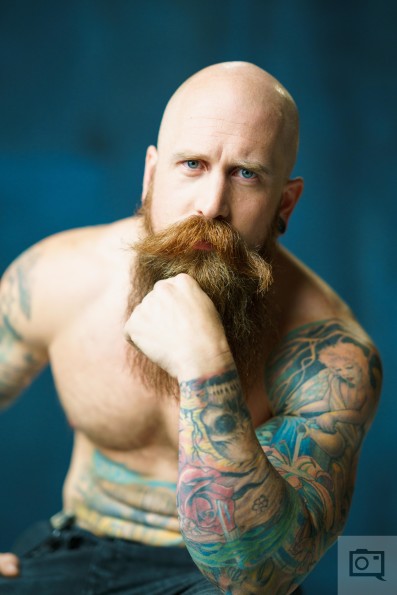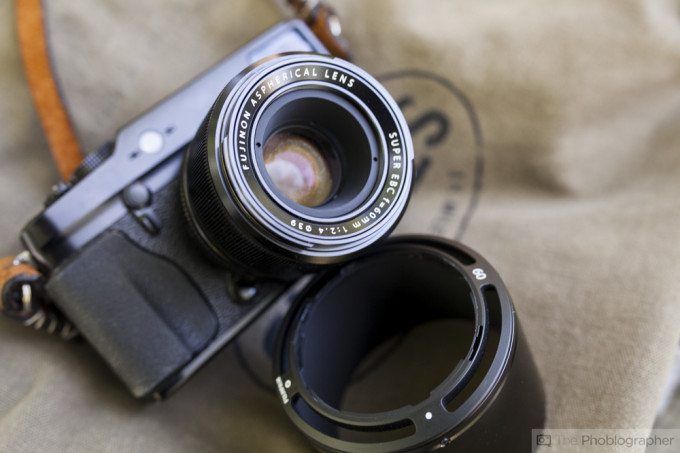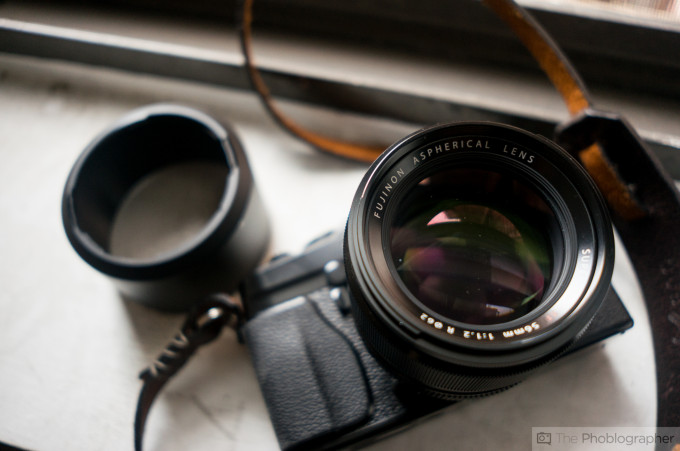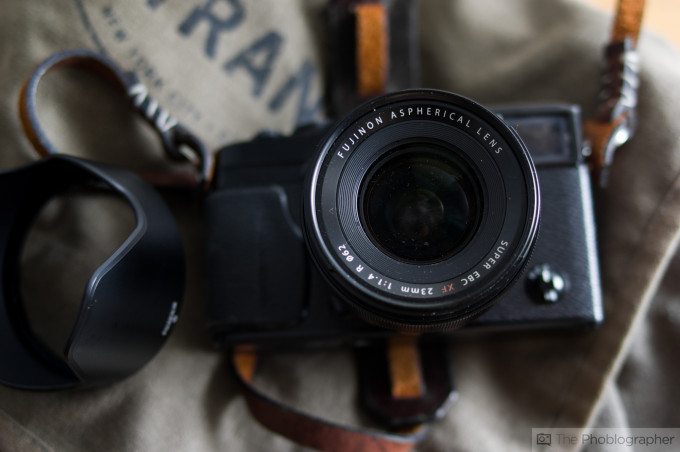Last Updated on 02/19/2016 by Chris Gampat
Letters to the Editor is a recurring series where Chris answers specific emails/letters that could benefit more than one photographer, interesting questions or questions that come in often. Have a question? Send it to chrisgampat[at]thephoblographer[dot]com with subject: Letter to the Editor: (Your name here).
Today, I’m starting a brand new series on the site that I hope th publish every Friday. In an ode to old school Letters to the Editor that you would find in magazines years ago, I’m publishing (with permission) two letters in particular that I’ve felt readers would find very interesting. Combined with the site’s ability for comments, you can even add your own input here.
Today’s letters are about using an 85mm f1.2 and whether or not the Fujifilm X Pro 1 is a camera well worth it. But feel free to ask more than just gear questions. Business, social media, and anything photography related I’ll try to answer.
Hello Chris,
I have just bought the Canon lens 85mm f1,2 which is truly an amazing lens but is also a tricky one to take pictures with.When shooting in f1.2 the subject must stay still and also it is not recommended to do a recompose after you have focused with the middle focus point.
Do you have an article with any tips how to take pictures with this particular lens?
Hope you can help me.I have searched youtube but couldn’t find anything,
Best regards,
Camille Nykerk
Hi Camille,
Thanks for the letter and congrats on your new Canon 85mm f1.2.
So let’s start at the beginning here: if you’ve stopped the lens down to f4 and beyond, you shouldn’t have that much of a problem to begin with. But when working with telephoto lenses, I will absolutely never recommend that you focus and recompose. Instead, work with a specific focusing point. The reason why has to do with physics: if the camera lens is focused on a specific area and you or the subject moves, then the focusing plane is thrown off. Instead, what I really recommend is to use a specific focusing point after carefully planning your composition of the scene. When you compose, leave intentional room for cropping and in post=production, just crop the image.
This is less apparent with wide angles and if you’re not pixel peeping though depending on how badly you’re off.
This goes absolutely double for when shooting wide open. The Canon 85mm f1.2 lens is notoriously slow to focus and at f1.2 you’ll get a sliver of whatever you’re shooting in focus. In fact, I’d even recommend using a tripod as I wrote about this earlier this week. That particular article has to do with manual focusing, but the advice there really helps in real life use.
Beyond this, there are other methods to ensure that the image that you’re creating doesn’t suffer from the effects of camera shake. For example:
- Hold the camera firmly and cup the button of the lens with your left hand.
- Tuck your elbows into your body
- This one is debatable depending on who you ask: shoot at either the very top of your breath or at the bottom. That means when you’re shooting that you either hold your breath or you don’t breathe at all.
I’m all about holding my breath. It’s what I did in Army basic training and it’s what I still do when I practice archery these days.(it’s a wonderful upper body workout and forces you to relax. Try it!)
Beyond this, you also need to consider the reciprocal rule of shutter speeds. What that dictates is that you need to have a shutter speed that is at its slowest the reciprocal of your rendered focal length. So if you’re shooting with this lens on a full frame 35mm camera, then I really recommend shooting at at least 1/100th at the very slowest. Just to be safe, I’d even not want to shoot below 1/200th. However, I also use a flash. Flashes give your images specular highlights that bring out even more sharpness than you’d believe your lens is actually capable of. In this case, a flash wouldn’t be used to give you extra light, but instead extra stability because of the effects of a fast flash duration and it can even be used at f1.2 with the right amount of diffusion.
In the end, to be the safest here, I really think that using these lenses requires you to get very old school in your mannerisms: camera, tripod, flash with a softbox, stable subject, and careful work with the lens.
Oh yeah, and I really don’t recommend shooting candids with this lens. It’s incredibly tough to do.
Enjoy your new purchase man.
– Chris
—————
Hello Chris,
First, let me say that I LOVE your site. I came across it after becoming interested in mirrorless cameras last fall.My background: I’ve been a PJist since 1991; for the past 3 years shooting weddings, and adjunct teaching “old school” photography at the college level, which is pretty cool.
OK, the reason I’m emailing: I have been lusting after the X Pro 1. With the release of the XP2 now, the price is dropping big time. I have also been pondering the X-E2 as well. I have heard/read about the X Pro 1’s slower AF, but the price on the X Pro 1 is hard to pass up.
I currently use the Canon Mark II bodies for my work.
I’m looking at getting a more compact, fun camera and love the “rangefinder-esque” mirrorless cameras. The camera would be for photographing/documenting my 6 year son, for travel, street/doc. photography, and the possibility of incorporating it into some of my wedding work.
So, with the above criteria, is the X Pro 1 worth picking up? Is the AF really worth stressing about? How would you compare the 6400 iso to the MKII files?
Would the X-E2 be the better choice? I know the X-E2 has only the EVF.Any input on this would be greatly appreciated!
Thanks,
MarkMark Bolton Photography, LLC
Hi Mark,
Thanks for being a reader. Letters like this help me keep going in the AM.
Before I answer this, I’m going to be completely honest and tell you that Fujifilm is one of the site’s biggest sponsors. But I’ve always been very honest about my assessments of their gear and considering that I’m a business owner, the last thing that I really want are potential implications smearing a name that I’ve spent six years building in specific regards to this site and nearly 10 years in the photo industry. But you probably already know this since you’ve been a reader for a while. I’m an open book, very honest, and I’m known for speaking my mind.
Now, the Fujifilm X Pro 1 really isn’t as bad as everyone says it is. I’m going to reference a story involving me and one of my best friends: TechRadar’s Laptop Editor Kevin Lee. One night when I was testing the Fujifilm 35mm f2, we were photowalking together. Kevin said the same exact thing regarding autofocus in a trolling way because he owns the X-T1. Then I let him use the 35mm f2 and the X Pro 1 in both the EVF and OVF mode. He realized that is honestly isn’t that bad. It’s slower than the X-T1 and Fujifilm has the slowest autofocus of the mirrorless camera manufacturers (with only Canon being slower) but when using anything wider than 35mm, it’s usually more than good enough for capturing candids. See my lens guide here.
The other thing about Fujifilm’s AF performance is that it can be super fast and less precise or super slow and super duper precise based on how large you choose to make the focusing point. Yes, you can adjust the size of the points!
On a weekly basis, I still use my X Pro 1. I love it. Ever since that camera came out, no one has been making a terrible camera or putting a terrible sensor into a camera. ISO 6400 on the X Pro 1 was just as good as my Canon 5D Mk II’s was, but it isn’t better than my 6D’s.
Like you, I love the rangefinder style bodies. I was trained on Leicas until I needed to sell mine for money in my college years.
I personally like the option of EVF or OVF, but that’s just me. I can go with either, but due to my crap eyesight, I’m much better with EVFs. The X Pro 1 also focuses quicker with the EVF. If I didn’t run this website and I wasn’t responsible for reviewing loads and loads of gear, that and my Sony a7 would be my only cameras. As wonderful as Sigma DSLR glass is, that company really needs to get more serious in the mirrorless game. Sigma lenses and Phottix flashes are probably the only real reason why I still own DSLR gear with the exception of needing to review products for this site.
In regard to ISO, Lightroom has also improved so much and can fix all of this. So can MacPhun’s Noiseless Pro. The even cooler thing is applying camera profiles to the images. If you want the look of Fujifilm Velvia, you’ll get it. Same with Astia. It becomes more complicated when you want stuff like Classic Chrome though.
My biggest problem with the X Pro 1: No WiFi and trying to get it to work with an EyeFi card is terribly painful. The X-T10 is also a rather nice camera but it isn’t the rangefinder feel and aesthetic you want. Fujifilm does it right though with Olympus right behind them.
I recommend you do it, but look at this and the X Pro 2 and consider which one you want very closely. The X Pro 1 is $499 right now, and the Fujifilm listing page on All Camera Deals has a listing of all the lenses you could possibly want with current rebate prices. Purchasing via the links helps me to keep running the site, but purchase from wherever you’d like. Don’t let me hold you back.
Thanks for reading dude. Have a wonderful weekend.
– Chris


